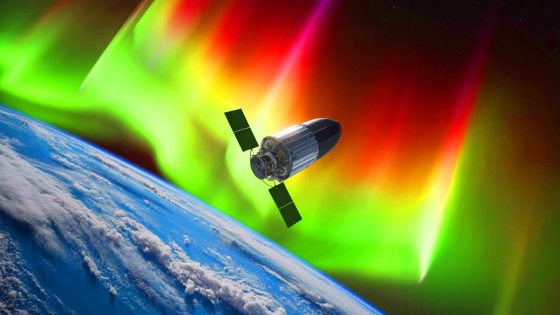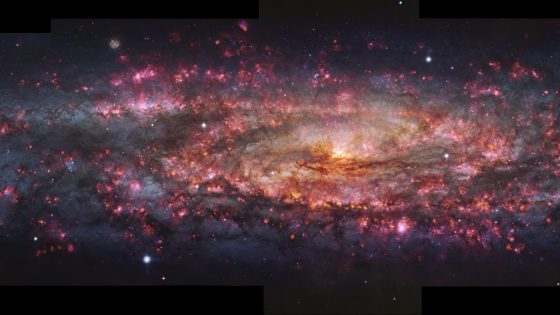Solar storms are increasingly impacting satellite operations, particularly SpaceX’s Starlink network. As the Sun’s activity intensifies, these storms are causing satellites to reenter Earth’s atmosphere sooner than planned, raising critical concerns for space management.
- Solar storms shorten Starlink satellite lifespans.
- Increased drag leads to premature reentries.
- Higher collision risk from unpredictable drifts.
- Debris management strategies are urgently needed.
- Crowded orbits require improved traffic management.
- Future satellites must adapt to solar activity.
Recent findings from a study conducted by NASA’s Goddard Space Flight Center reveal that geomagnetic storms shorten the operational lifespan of Starlink satellites by 10 to 12 days. This phenomenon, observed from 2020 to 2024, is expected to escalate as the solar maximum approaches in October 2024.
The implications of these findings are significant. With the growing number of satellites, the risk of collisions and debris increases. How can we ensure safe operations in such a congested environment? Consider these points:
- Solar storms can alter satellite trajectories unpredictably.
- Increased atmospheric drag accelerates satellite reentry.
- Debris from collisions poses risks to other space missions.
- Effective space traffic management is urgently needed.
As we advance into an era of increased satellite launches, developing robust systems to mitigate these challenges is essential. How will we adapt our technologies to safeguard both our satellites and life on Earth?































